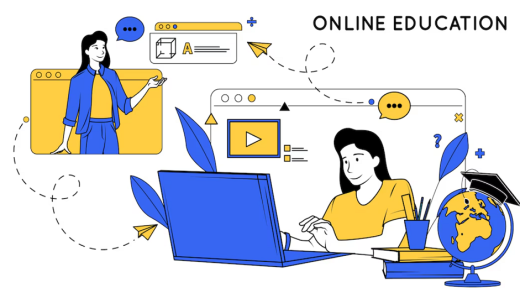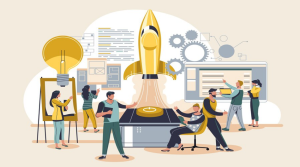OpenAI offers different models for many tasks — from writing text to generating images and code. Here’s a simple breakdown of the main model types and what they do:
1. GPT Models (Text and Language)
These are advanced models for reading, writing, and understanding text.
- GPT-4: The most powerful model. Great for complex problem-solving, long-form writing, and natural conversations.
- GPT-3.5: A reliable model for everyday tasks like summarizing, chatting, and answering questions.
2. Codex Models (For Coding)
Codex helps understand and write code.
- Example: GPT-4 Turbo Codex powers GitHub Copilot.
- It can write, debug, and explain code in many languages like Python, JavaScript, and C++.
3. DALL·E Models (Image Generation)
These models create images from text prompts.
- DALL·E 2: Generates high-quality visuals and can edit parts of an image (called inpainting).
4. Whisper Models (Speech Recognition)
These models convert speech into text.
- Whisper: Transcribes and translates audio into several languages.
- Useful for captions, meeting notes, and improving accessibility.
5. Embedding Models (Text Search and Clustering)
These models turn text into numerical data called vectors for analysis.
- Used for search engines, recommendations, and data classification.
6. Fine-Tuned Models (Custom Versions)
These are specialized versions of GPT models trained for specific uses.
- Examples include customer support bots, legal research tools, and medical Q&A systems.
7. API and Tool Integrations
OpenAI models can work with other tools through APIs or plugins.
- This allows tasks like web browsing, image analysis, or data extraction to be automated easily.
In Summary
OpenAI provides a full suite of AI tools — from language and code generation to speech, image, and data analysis.
These models help developers and businesses build smart, efficient, and creative digital solutions.





